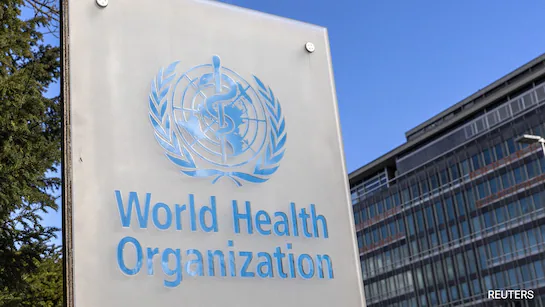By Atoyebi Nike
The World Health Organization (WHO) has released an updated Operational Handbook on Tuberculosis: Module 3 – Diagnosis to support countries in strengthening TB detection and testing strategies. The revised edition complements the WHO consolidated guidelines on tuberculosis issued earlier this year.
The handbook provides laboratory personnel, clinicians, ministries of health, and technical partners with detailed, evidence-based implementation guidance. It outlines operational considerations for WHO-recommended tests, revised model algorithms, and step-by-step instructions for scaling up new testing technologies.
Key updates from the 2024 edition include a unified reference covering TB infection, disease, and drug resistance diagnosis; new policy guidance on interferon gamma release assays (IGRAs) and targeted next-generation sequencing for drug-resistant TB detection; updated diagnostic accuracy estimates for low-complexity nucleic acid amplification tests; revised algorithms for concurrent testing of respiratory and non-respiratory samples, particularly for people with HIV and children; and a new decision-making tool for selecting treatment regimens based on drug susceptibility results.
Dr. Tereza Kasaeva, Director of WHO’s Department for HIV, TB, Hepatitis, and STIs, said the growing range of diagnostic options driven by research and industry engagement must be matched by equitable access. “Ensuring fast and accurate diagnosis for all who need it is essential to strengthen prevention and bring us closer to ending TB,” she said.


